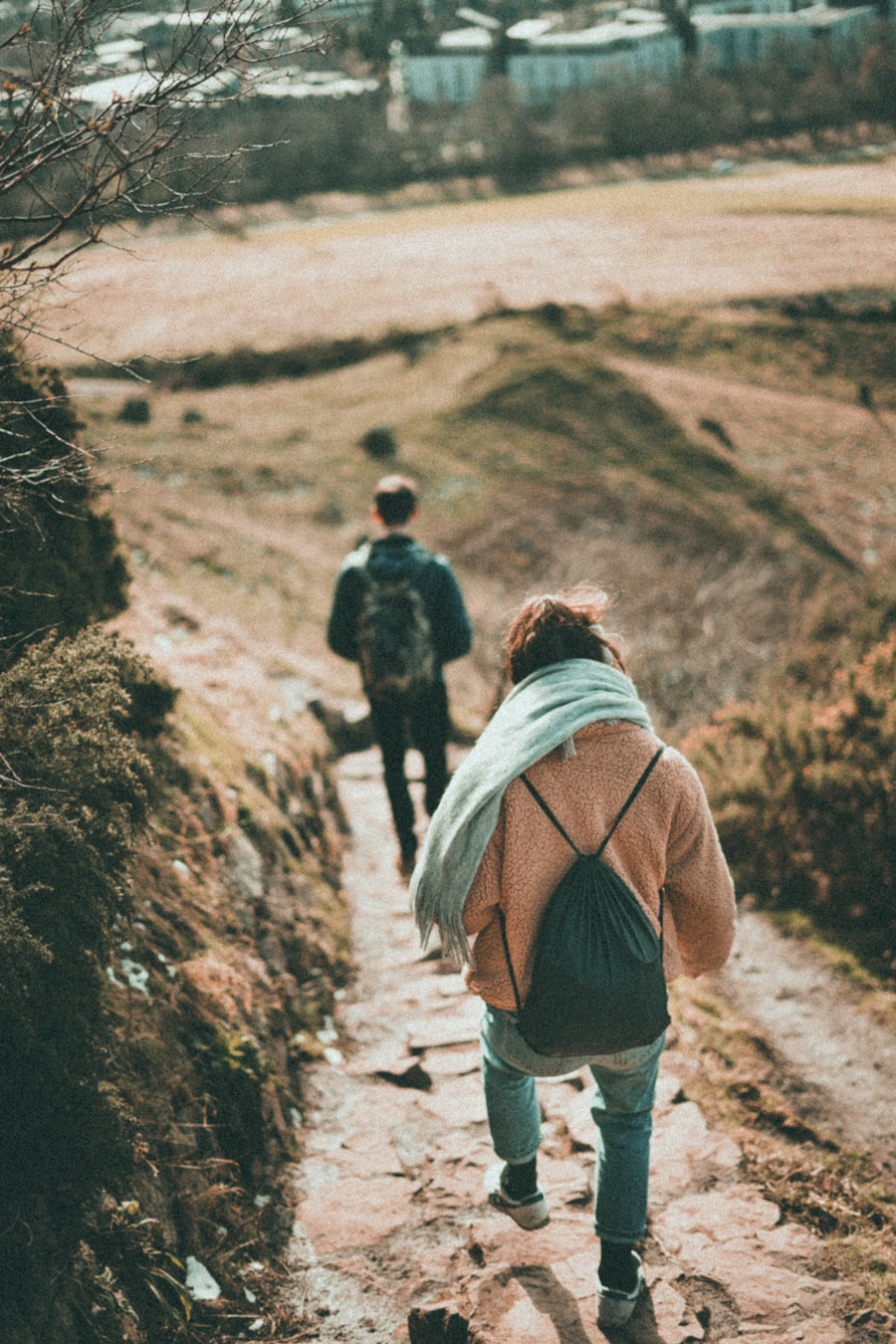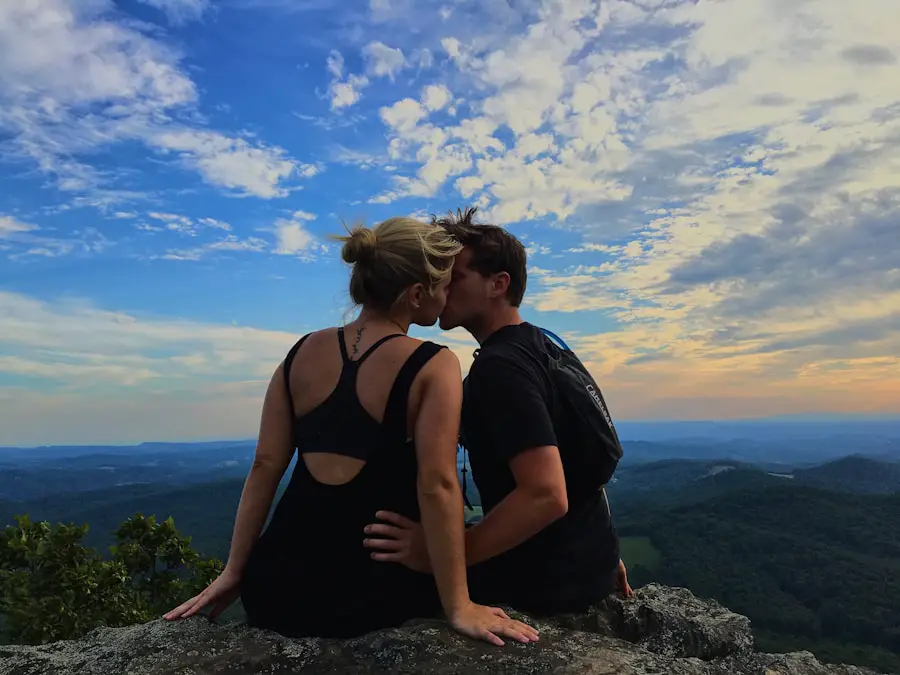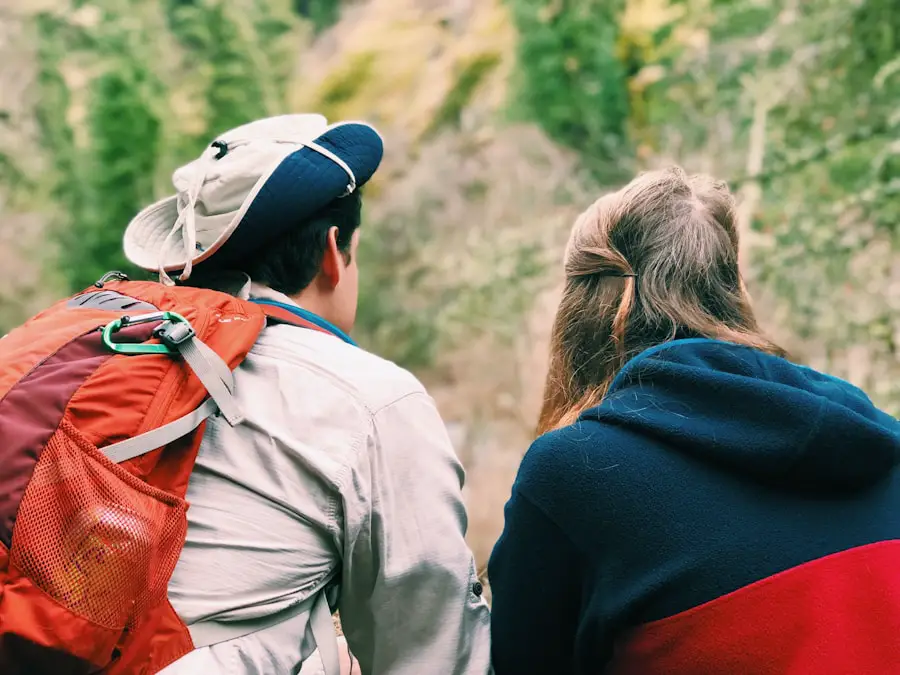Teamwork is a fundamental aspect of outdoor adventures, where the synergy of individuals can significantly enhance the experience and outcomes of any expedition. In the wilderness, the unpredictable nature of the environment necessitates collaboration among team members. Whether hiking through rugged terrain, navigating a river, or setting up camp, the ability to work together can mean the difference between success and failure.
Each member brings unique skills and perspectives, which, when combined, create a more robust and adaptable group. This collective effort not only fosters a sense of belonging but also amplifies the enjoyment of shared experiences. Moreover, teamwork in outdoor settings cultivates resilience.
Nature often presents unforeseen challenges, such as sudden weather changes or difficult trails. When individuals unite their strengths and support one another, they can tackle these obstacles more effectively. The camaraderie built through shared challenges enhances problem-solving capabilities and encourages creative solutions.
In essence, teamwork transforms individual endeavors into a collective journey, enriching the outdoor experience and fostering lasting bonds among participants.
Key Takeaways
- Teamwork in the outdoors is crucial for safety, efficiency, and enjoyment.
- Effective communication and coordination are essential for a successful outdoor adventure.
- Sharing responsibilities and skills within a team leads to a more well-rounded and capable group.
- Overcoming challenges together strengthens the bond and resilience of the team.
- Building trust and camaraderie within a team creates a supportive and positive outdoor experience.
Communication and Coordination on the Trail
Preventing Misunderstandings
This proactive communication helps to prevent misunderstandings that could lead to frustration or even accidents. Additionally, non-verbal cues, such as gestures or facial expressions, play a significant role in maintaining group cohesion, especially in noisy environments or when words may not suffice.
Coordination and Task Distribution
Coordination is equally vital when navigating challenging terrains or executing complex tasks like setting up camp or cooking meals. A well-coordinated team can efficiently distribute tasks based on individual strengths and preferences. For example, one member may excel at map reading while another might be skilled in fire-building.
Enhancing Efficiency and Shared Responsibility
By recognizing and utilizing these strengths, teams can operate more smoothly and effectively. This level of coordination not only enhances efficiency but also fosters a sense of shared responsibility, as each member contributes to the group’s overall success.
Sharing Responsibilities and Skills

In outdoor adventures, sharing responsibilities is essential for fostering a sense of ownership among team members. When everyone has a role to play—whether it’s navigating, cooking, or managing gear—each person feels valued and integral to the group’s success. This distribution of tasks not only alleviates pressure from any single individual but also encourages collaboration and mutual support.
For instance, during a camping trip, one person might take charge of meal preparation while another handles setting up tents. This division of labor allows for a more organized approach to outdoor living and ensures that all necessary tasks are completed efficiently. Furthermore, sharing skills within a team can lead to personal growth and development.
Outdoor adventures often present opportunities for individuals to learn from one another. A novice hiker may gain valuable insights from a more experienced member about navigation techniques or survival skills. Conversely, someone with expertise in first aid can impart knowledge that could prove crucial in emergencies.
This exchange of skills not only enhances individual capabilities but also strengthens the overall competence of the group. As team members learn from each other, they build a reservoir of knowledge that can be drawn upon in future adventures.
Overcoming Challenges Together
| Challenges | Collaborative Solutions |
|---|---|
| Communication barriers | Implemented a team communication platform resulting in 20% increase in information sharing |
| Resource constraints | Shared resources and expertise across departments, leading to 15% cost savings |
| Technical difficulties | Collaborated with IT department to resolve technical issues, reducing downtime by 30% |
| Workload imbalance | Implemented a task allocation system resulting in 25% increase in productivity |
The outdoors is rife with challenges that test both physical endurance and mental fortitude. When faced with adversity, the strength of teamwork becomes particularly evident. For example, if a sudden storm disrupts a planned hike, it is the collective decision-making and problem-solving abilities of the group that will determine how to proceed safely.
Team members can brainstorm alternative routes or shelter options while providing emotional support to those who may feel anxious or overwhelmed by the situation. This collaborative approach not only helps to navigate immediate challenges but also reinforces the bonds among team members as they work together toward a common goal. Moreover, overcoming challenges together fosters resilience and adaptability within the group.
Each obstacle surmounted becomes a shared victory that enhances confidence and camaraderie. For instance, if a team successfully navigates a treacherous river crossing or reaches a summit after a grueling ascent, the sense of achievement is magnified by the collective effort involved. These shared experiences create lasting memories that strengthen relationships and instill a sense of pride in what the team has accomplished together.
Building Trust and Camaraderie
Trust is an essential component of effective teamwork in outdoor settings. When individuals trust one another, they are more likely to communicate openly and rely on each other during challenging situations. This trust is built over time through shared experiences and consistent support.
For example, during a long trek, if one member consistently checks in on others’ well-being or offers assistance with heavy packs, it fosters an environment where everyone feels safe to express their needs and concerns. This mutual support creates a foundation for deeper connections among team members. Camaraderie flourishes in outdoor environments where individuals face challenges together.
The shared experience of conquering difficult trails or enduring adverse weather conditions creates bonds that extend beyond the trip itself. Team members often find themselves sharing stories around the campfire or reminiscing about their adventures long after they return home. These connections can lead to lifelong friendships as individuals continue to seek out opportunities for future adventures together.
The sense of belonging that comes from camaraderie enhances not only individual experiences but also contributes to a positive group dynamic.
Safety in Numbers: The Benefits of Teamwork on the Trail

Safety in Numbers
One of the most significant advantages of teamwork in outdoor activities is the inherent safety that comes from being part of a group. The adage “safety in numbers” rings particularly true in wilderness settings where risks abound. When hiking or camping with others, there is an increased likelihood that someone will be able to assist in case of an emergency or injury.
Immediate Support in Emergency Situations
For instance, if one member suffers an injury while traversing rocky terrain, having multiple people present allows for immediate support—whether it’s providing first aid or helping to transport the injured individual back to safety. Additionally, groups can implement safety measures more effectively than individuals alone.
Collaborative Vigilance
Team members can take turns scouting ahead or keeping an eye out for potential hazards such as loose rocks or wildlife encounters. This collaborative vigilance enhances overall safety and ensures that everyone remains aware of their surroundings. The collective knowledge and experience within a group can significantly mitigate risks associated with outdoor activities.
Celebrating Success as a Team
Celebrating achievements is an integral part of any successful outdoor adventure. When teams reach their goals—be it summiting a mountain or completing a challenging hike—taking time to acknowledge these accomplishments reinforces the bonds formed during the journey. Celebrations can take many forms: sharing a meal together at camp, taking photos at a scenic viewpoint, or simply reflecting on the day’s achievements around a campfire.
These moments of recognition serve as powerful reminders of what can be accomplished through teamwork. Moreover, celebrating success fosters motivation for future endeavors. When team members reflect on their shared victories, it instills a sense of pride and accomplishment that encourages them to seek out new challenges together.
The memories created during these celebrations become part of the team’s narrative, inspiring individuals to continue pushing their limits and exploring new horizons as a cohesive unit.
The Long-Term Impact of Teamwork on Outdoor Adventures
The impact of teamwork extends far beyond individual trips; it shapes how groups approach future outdoor adventures and influences their overall relationship with nature. Teams that have successfully navigated challenges together often develop a strong sense of identity and purpose that drives them to seek out new experiences collectively. This shared history creates an enduring bond that encourages ongoing collaboration and exploration.
Furthermore, the lessons learned through teamwork in outdoor settings can translate into other areas of life. Skills such as communication, problem-solving, and adaptability are invaluable not only on the trail but also in personal and professional contexts. Individuals who have experienced effective teamwork in nature are often more equipped to handle challenges in their everyday lives with confidence and resilience.
In conclusion, teamwork is an essential element of outdoor adventures that enriches experiences and fosters lasting connections among participants. Through effective communication, shared responsibilities, overcoming challenges together, building trust, ensuring safety, celebrating successes, and creating long-term impacts, teamwork transforms individual pursuits into collective journeys filled with growth and camaraderie.
While hiking with a partner, I learned the importance of communication and teamwork in order to have a successful and enjoyable experience. This reminded me of an article I read about traveling to Europe with a DUI and the potential challenges that may arise. Just like in hiking, having a partner or support system can make a significant difference in navigating unfamiliar territory and overcoming obstacles. It’s crucial to have open communication and work together to ensure a smooth journey, whether it’s on a hiking trail or traveling to a new destination. To read more about traveling to Europe with a DUI, check out this article.
FAQs
What are the benefits of hiking with a partner?
Hiking with a partner can provide safety, companionship, motivation, and the opportunity for shared experiences and memories.
How can hiking with a partner enhance safety?
Having a hiking partner can provide an extra set of eyes and ears, as well as someone to assist in case of an emergency. It also reduces the risk of getting lost or stranded alone.
What are some tips for effective communication while hiking with a partner?
Effective communication while hiking with a partner involves discussing expectations, setting a comfortable pace, and being open about any concerns or needs. It’s also important to establish a plan for emergencies and to stay in sight and earshot of each other.
How can hiking with a partner provide motivation?
Hiking with a partner can provide motivation through encouragement, shared goals, and the opportunity to push each other to reach new heights or overcome challenges.
What are some potential challenges of hiking with a partner?
Challenges of hiking with a partner can include differences in hiking pace, preferences for trail difficulty, and communication styles. It’s important to address these potential challenges through open and respectful communication.
How can hiking with a partner contribute to a sense of community and connection?
Hiking with a partner can foster a sense of community and connection through shared experiences, the opportunity for meaningful conversations, and the chance to support and encourage each other.
